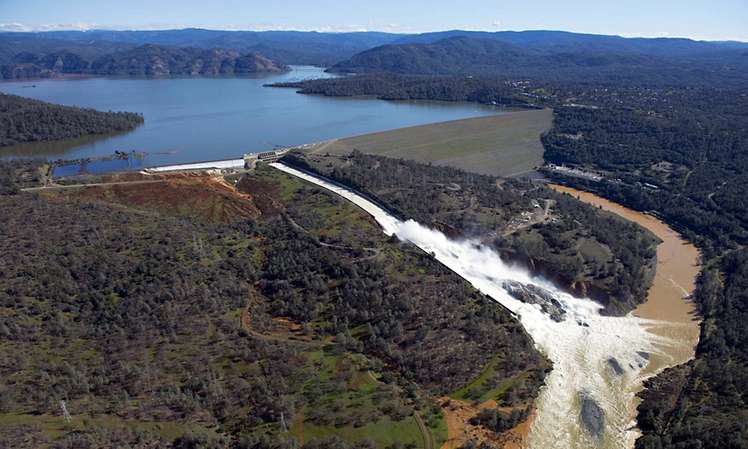Understanding the Effects of Earthquakes on Dredging Projects
In regions susceptible to seismic activity, earthquakes can pose significant challenges to dredging projects. Understanding and mitigating these risks are essential for ensuring the success and safety of such ventures.
- Infrastructure Vulnerability: The Impact of Earthquake Damage
- Assessing Vulnerabilities: Understanding how earthquakes can damage dredging infrastructure.
- Strengthening Measures: Implementing strategies to reinforce infrastructure against seismic forces.
- Sediment Dynamics: Managing Changes in Seabed Topography
- Disruption of Sediment: How earthquakes disturb sediment distribution on the seafloor.
- Adaptive Strategies: Responding to changes in sediment patterns to maintain project efficiency.
- Safety First: Addressing Risks to Personnel and Equipment
- Safety Protocols: Establishing measures to protect workers and equipment during seismic events.
- Emergency Preparedness: Developing plans for rapid evacuation and response in earthquake scenarios.
- Environmental Considerations: Mitigating Impacts on Marine Ecosystems
- Ecological Effects: Understanding how earthquakes can impact marine habitats and ecosystems.
- Environmental Management: Implementing measures to minimize dredging-related disturbances post-earthquake.
Strategies for Resilience in Earthquake-Prone Areas
- Risk Assessment and Planning: Proactive Measures for Disaster Preparedness
- Identifying Hazards: Conducting comprehensive risk assessments to anticipate earthquake impacts.
- Contingency Planning: Developing strategies to mitigate risks and ensure project continuity.
- Monitoring and Early Warning Systems: Leveraging Technology for Safety
- Seismic Monitoring: Utilizing systems to detect earthquakes and provide early warnings.
- Rapid Response: Implementing protocols for swift evacuation and equipment relocation.
- Adaptive Operations: Flexibility in the Face of Disaster
- Agile Strategies: Adjusting dredging schedules and operations based on seismic activity.
- Prioritization: Focusing efforts on critical areas and adapting to post-earthquake sediment dynamics.
- Collaboration and Communication: Building Resilience Through Partnerships
- Stakeholder Engagement: Collaborating with authorities, regulators, and local communities.
- Open Communication: Ensuring transparent communication to coordinate response efforts effectively.
While earthquakes present formidable challenges to dredging projects, proactive planning, technological innovation, and collaboration can enhance resilience and ensure successful outcomes even in the face of seismic events. By understanding the unique risks posed by earthquakes and implementing targeted strategies, dredging companies can navigate these challenges and continue to contribute to vital infrastructure and environmental projects worldwide.
